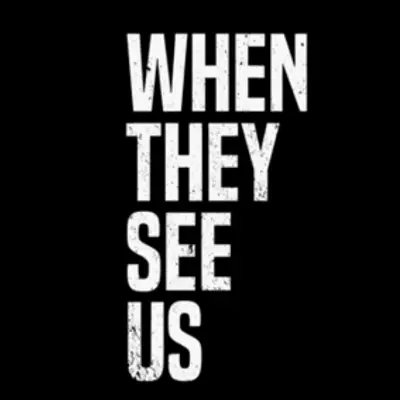Ava DuVernay details filming When They See Us with cinematography that had to take into account a variety of skin tones
-

DuVernay realized that as a Netflix series, people would be watching the four-part miniseries on a wide variety of screens, including smartphones. "This story was a chance for me to continue exploring how to capture skin tone with actors of color in dark spaces," she says. "I was really pushing myself in terms of the color grade. It was the work with Mitch Paulson (supervising digital colorist on several DuVernay projects, including A Wrinkle in Time) that was new, the furthering of playing with the image and seeing what it can do. We were asking, 'How far can you push an image before it breaks?'" For instance, she says, "the section of episode four where Korey Wise is in solitary. It’s shot dark but then we put light in, and that forced the picture to break apart a little bit. It’s barely noticeable to some eyes, but on other screens, you can really see it. That’s important to us because when we’re talking about Netflix, we’re talking about no uniformity of screens, right? It’s gonna look different to someone with an old TV, as opposed to somebody who bought one this year or last year. This is a consideration filmmakers have to really pay attention to now."
TOPICS: When They See Us, Netflix, Ava DuVernay, Cinematography
More When They See Us on Primetimer:- Michael K. Williams was much more than an actor — he was a storyteller
- The Wire's Michael K. Williams dies at 54
- Judge allows Linda Fairstein to proceed with her When They See Us defamation suit against Ava DuVernay and Netflix
- Suzzanne Douglas, The Parent ’Hood and When They See Us star, dies at 64
